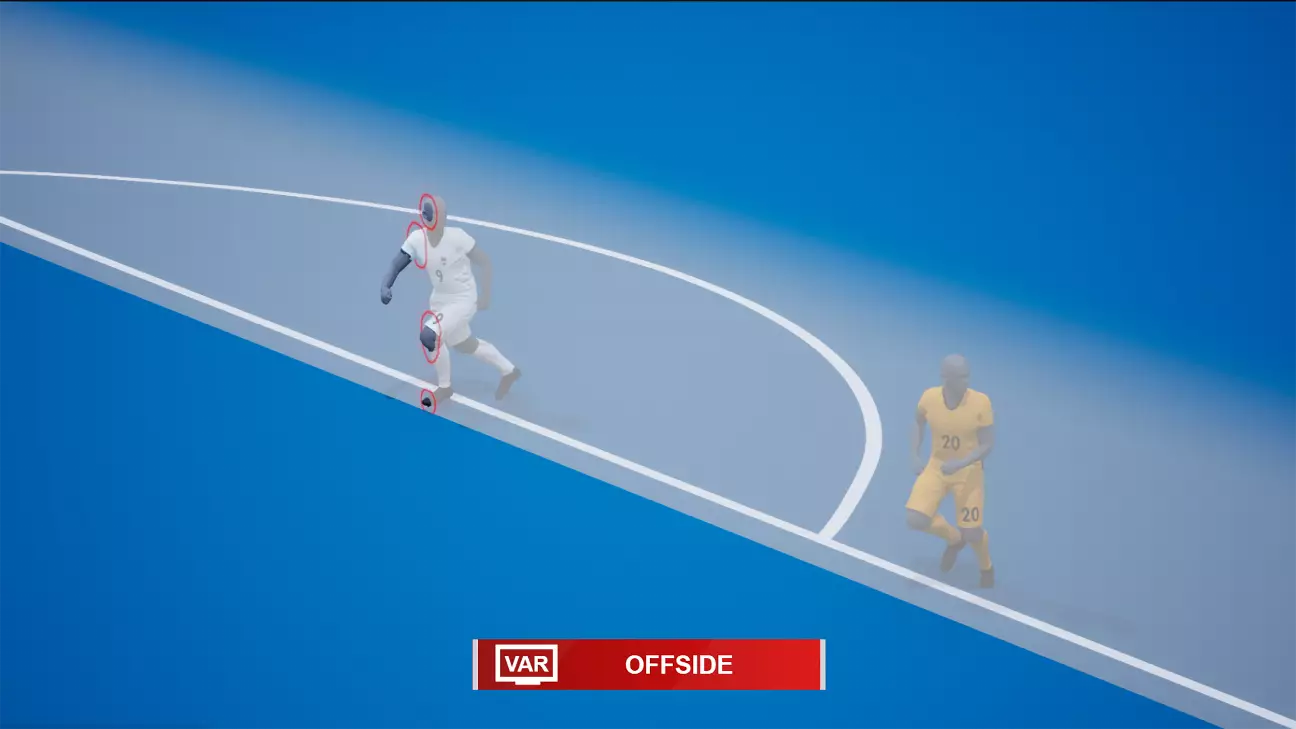The introduction of semi-automated VAR offside technology (SAOT) in the Premier League has been in the spotlight recently, as the league’s stakeholders assess its viability for instantaneous implementation. While this technology promises to address some of the most pressing issues affecting officiating accuracy in football, certain hurdles appear to be delaying its uptake. As discussions continue, key questions arise regarding the functionality, reliability, and potential timeline for this pivotal upgrade.
The present state of VAR technology in the Premier League has been under scrutiny due to a string of controversial decisions that have generated discontent among clubs, players, and fans alike. Earlier this year, teams expressed a consensus in favor of adopting SAOT, thanks to its potential to significantly reduce check times, by an average of 31 seconds, thus streamlining the flow of matches. However, recent developments suggest that the implementation of this technology is still far from certain, with projections now extending as far as 2025.
During a recent Premier League shareholders’ meeting, it became clear that the technology isn’t yet sufficiently tested or deemed reliable for live use. This raises alarms regarding the efficacy of introducing it at all in the current season and presents a dilemma for league organizers who are eager to enhance the officiating standard.
The Premier League’s hesitation stands in stark contrast to Serie A and LaLiga, both of which have successfully integrated SAOT. Serie A was a pioneer, adopting the technology in January 2023 to rectify shortcomings evident after a notorious VAR blunder that denied Juventus a legitimate stoppage-time goal. Similarly, LaLiga followed suit at the beginning of the current season. These leagues have already started to reap the benefits of technology that enhances accuracy while significantly simplifying the decision-making process.
One standout feature of SAOT is its automated nature, which eliminates the manual process of placing offside lines on players. This aspect ensures faster and more accurate detections, complemented by improved graphical representations—moving away from the rudimentary line overlays that dominated earlier broadcasts. The Premier League’s decision to delay its adoption raises questions about its commitment to modernizing officiating standards in line with international practices.
In recent matches, numerous high-profile officiating errors have stirred controversy and intensified calls for change, providing a clear rationale for pursuing technological advancement. Leicester City manager Steve Cooper recently vocalized frustrations after a critical decision led to a goal for Crystal Palace, which he argued was undoubtedly offside. The Premier League’s dismissal of his claims underscores a broader issue—a perceived disconnect between clubs and the governing bodies responsible for upholding the integrity of the sport.
Stepping beyond the immediate implications of technological errors, the Premier League also grapples with fundamental communication failures that have compounded the fallout from VAR decisions. An example of this was Liverpool’s disallowed goal against Tottenham prompted by potential miscommunication among the officials, highlighting that even the most advanced technology cannot rectify systemic issues.
In light of these challenges, the Premier League remains at a crossroads. Stakeholders must balance the need for technological advancements with the inevitable learning curve associated with novel systems. To move forward confidently, extensive testing and thorough analysis of SAOT are essential before full integration. The league must also establish a robust framework that addresses communication and procedural shortcomings in officiating.
While the Premier League is facing pressure to modernize its approach, the mixed signals surrounding SAOT’s rollout suggest that organizations are not fully prepared to embrace these changes. It remains crucial for the league to consider the detrimental impact ongoing controversies have on its reputation; a commitment to resolving these challenges must be seen as a priority not only for the integrity of the game but also for the satisfaction of its loyal fanbase.
As the dialogue continues, it remains to be seen whether the Premier League will lead the way in adopting technology that enhances the officiating experience or risk prolonged dissatisfaction among its supporters and parties involved. The future of officiating technology hangs in the balance, and the decisions made in the coming months will undoubtedly shape the landscape of the sport for years to come.
